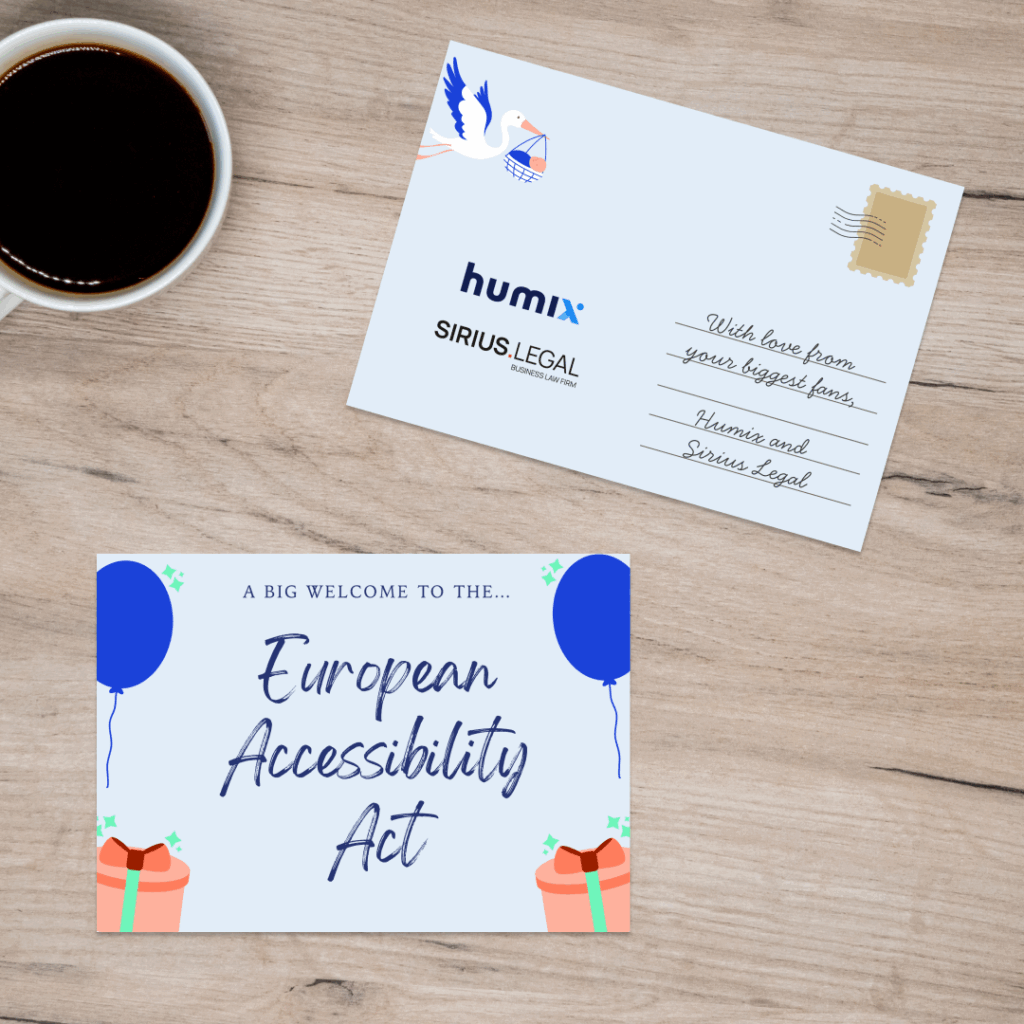A few weeks ago I went to UX Scotland. UX Scotland is an amazing 3 day UX-conference that welcomes all kinds of participants to Dynamic earth in the heart of Edinburgh.
Software acumen has been organising this event for the last 7 years. And I must say, it was the best conference that I went to by far!
From the venue and food to the quality of the speakers. Everything was top-notch.
Due to the list of amazing talks, workshops and cases, it was often hard to choose which ones to attend.
In this blog article I will list up 5 takeaways from UX Scotland 2019. These will make it clearer why I:
- am more pessimistic in user experience (UX) projects
- am more attentive to not only what I say, but also how I say it when it comes to conversation design
- took the wizard of Oz technique back out of the closet
- pay even more attention to emotions in my UX designs
- became a huge advocate of endings
So if you don’t like the new Debbie, UX Scotland is to blame!




